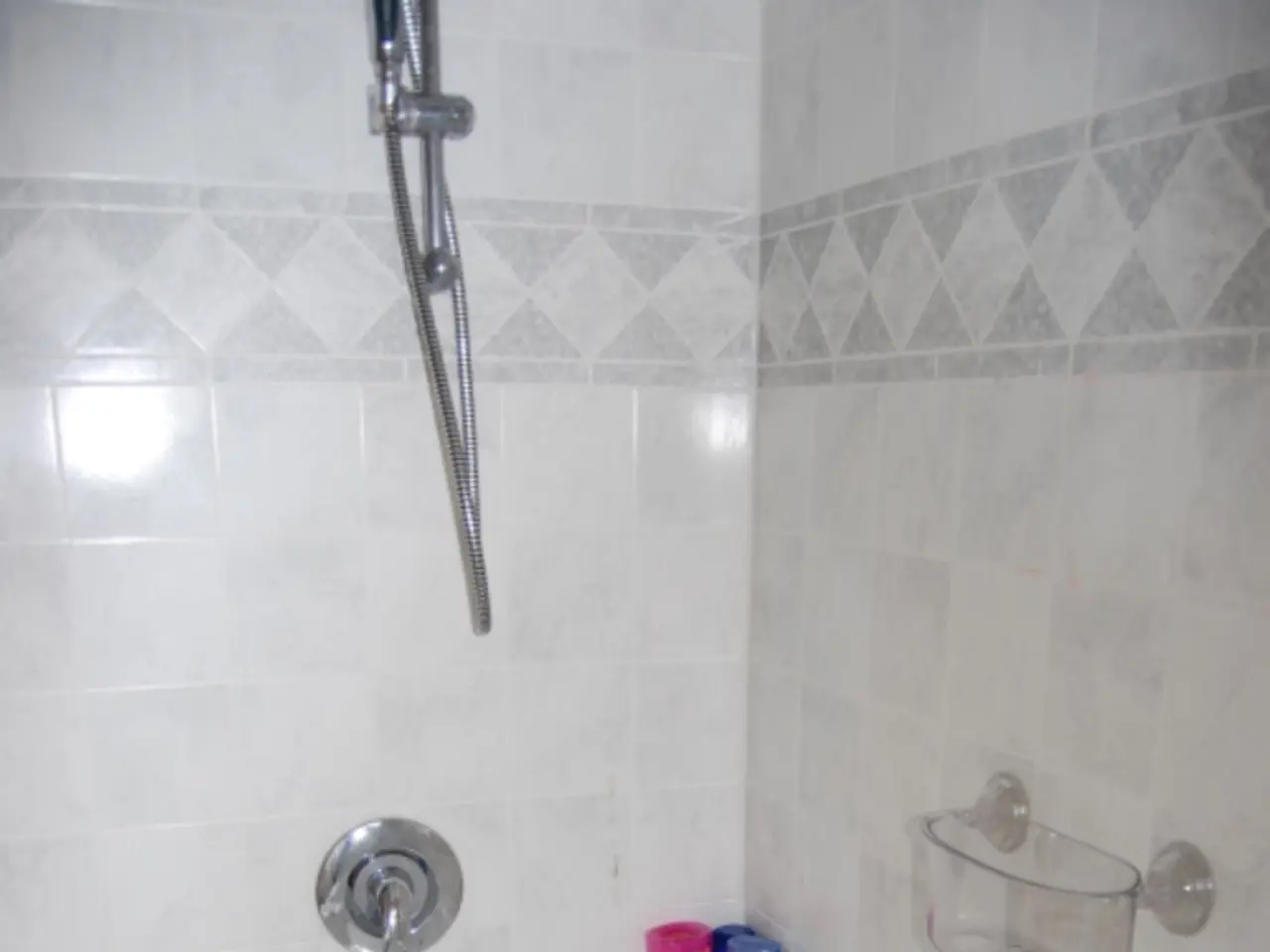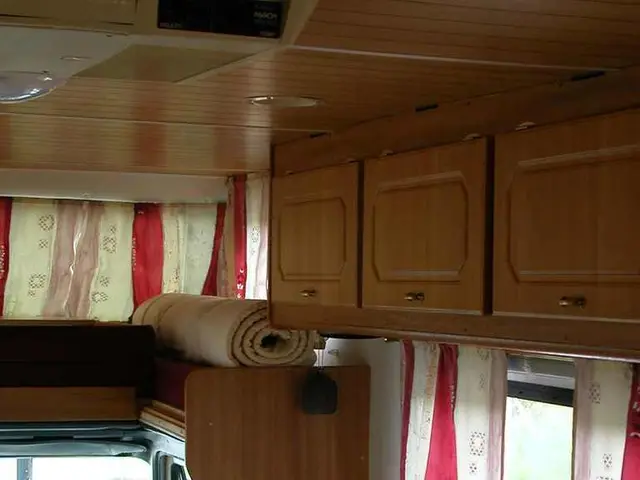Contemplate these professional tips before converting your bathtub into a shower
In the realm of bathroom renovations, replacing a bathtub with a shower can be an exciting yet daunting task. Here's a step-by-step guide to help you navigate through the process, focusing on key plumbing considerations and other essential factors.
Firstly, it's crucial to understand that upgrading the drain line from the standard 1½-inch bathtub drain to a wider 2-inch shower drain is essential. This modification may require opening up the floor or wall to ensure proper and code-compliant plumbing. Additionally, installing a new shower valve and fixtures, and applying waterproofing measures such as new backerboard and waterproof membranes, are necessary to avoid water damage.
When choosing a shower tray, such as the Nuie Bathroom model, measure the height, width, and depth of the space where the new shower will be fitted before purchasing. Low-profile shower trays offer a modern, streamlined look, while raised trays can be a practical choice if you need to work around existing pipework.
The shower screen is another important consideration. A standard shower screen and enclosure might hit the ceiling in a room with a sloped ceiling, so it's essential to consider the ceiling height during your selection process. Frameless glass screens are popular for their minimalist look, but framed or semi-framed designs can be a more robust option.
Depending on the shower head chosen, a shower hose, like the premium example from Mira Showers, may also be necessary. For water conservation, consider a high-pressure shower head that gives higher power relative to water supply's flow rate.
Ventilation is another crucial aspect to consider. Bathroom extractor fans are a popular choice for dealing with water vapour from a shower, minimising the risk of damp, mould, or damage to the bathroom walls. B&Q has a good range of shower sealants at affordable prices to ensure a watertight shower enclosure.
When disconnecting the bathtub, identify the type of water system to know how to turn the system off and isolate the relevant pipework to avoid flooding the bathroom. If installing an electric shower, new circuitry may need to be installed by a qualified electrician.
Paul Bennett, the owner of Redstone Plumbing & Heating, a Worcestershire-based company, emphasises the importance of proper plumbing work. Bennett, with 33 years of experience as a plumber, advises testing the new shower plumbing for leaks before finishing the installation to prevent future problems.
Lastly, power showers are a good choice for gravity-fed water systems and also require separate hot and cold water supplies. Thermostatic mixer showers are used with a combi boiler water supply and require two separate water supplies: hot and cold.
By following these steps, you can ensure functionality, code compliance, and avoid water damage after the conversion. Happy shower renovating!
- In your home improvement project, do not forget to replace the standard 1½-inch bathtub drain with a wider 2-inch shower drain as it is crucial for proper plumbing.
- Pay attention to the utility tools and ideas required for measuring the space of your bathroom, like the height, width, and depth, before purchasing a shower tray.
- The choice of shower screen and enclosure should be well thought out, considering design factors such as ceiling height or the minimalist look of frameless glass screens over framed or semi-framed designs.
- When shopping for shower trays, remember to compare the various shower head models and their corresponding shower hoses, with water conservation in mind.
- Incorporating a ventilation system, such as a bathroom extractor fan, and applying essential waterproofing measures, such as new backerboard and waterproof membranes, will help prevent damp, mould, or damage to your bathroom walls.
- Follow expert advice, like Paul Bennett's from Redstone Plumbing & Heating, and test the new shower plumbing for leaks before finishing the installation to prevent future problems.
- It's essential to consider the energy-efficient options in your lifestyle upgrade, like power showers for gravity-fed water systems, which require separate hot and cold water supplies, or thermostatic mixer showers for combi boiler water supplies that need two separate water supplies: hot and cold.




